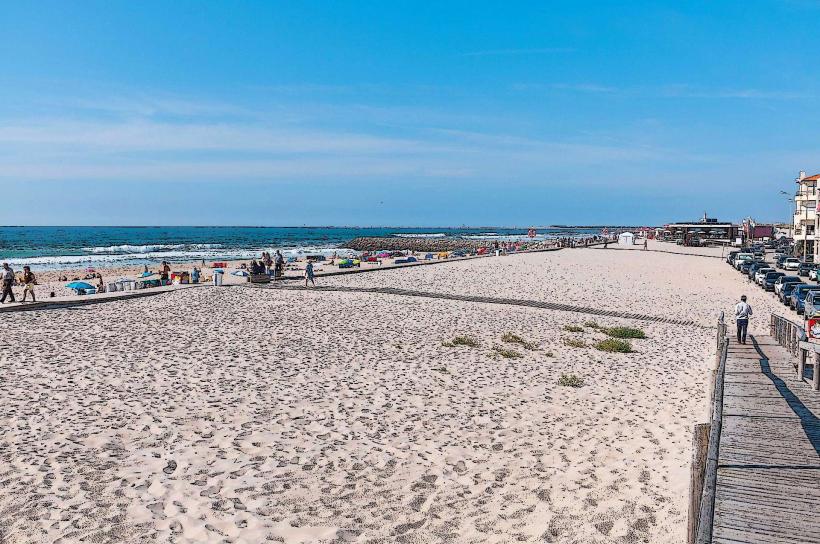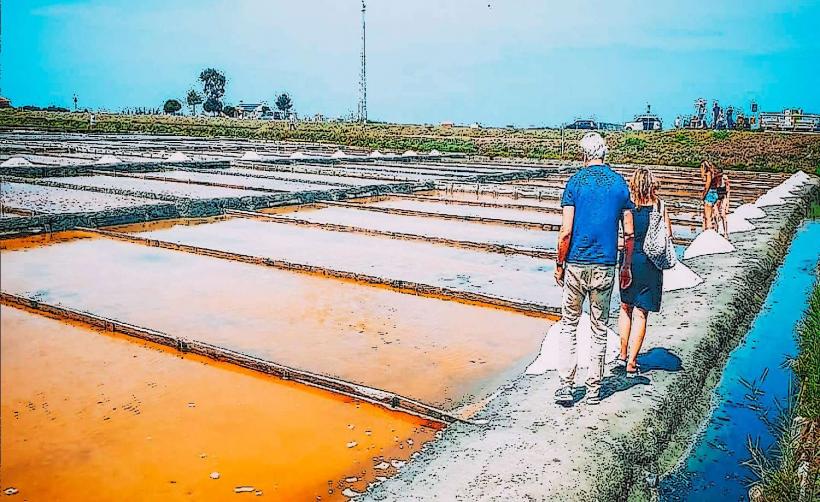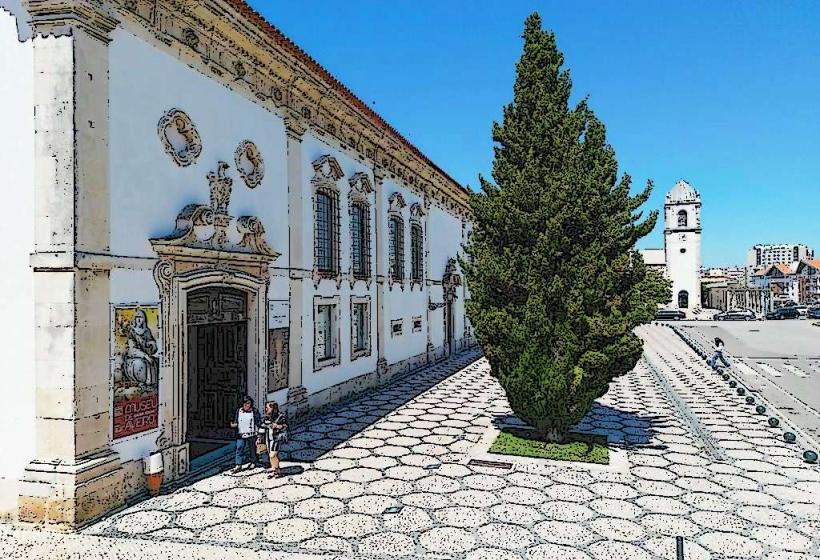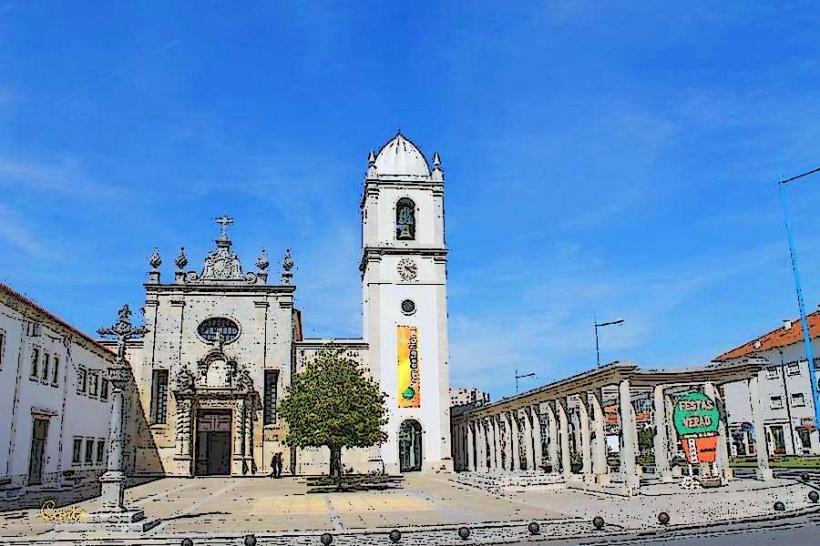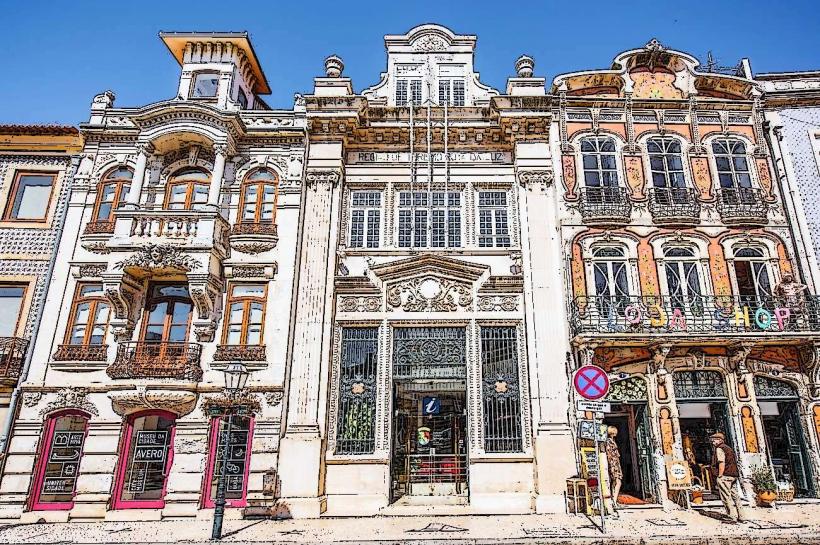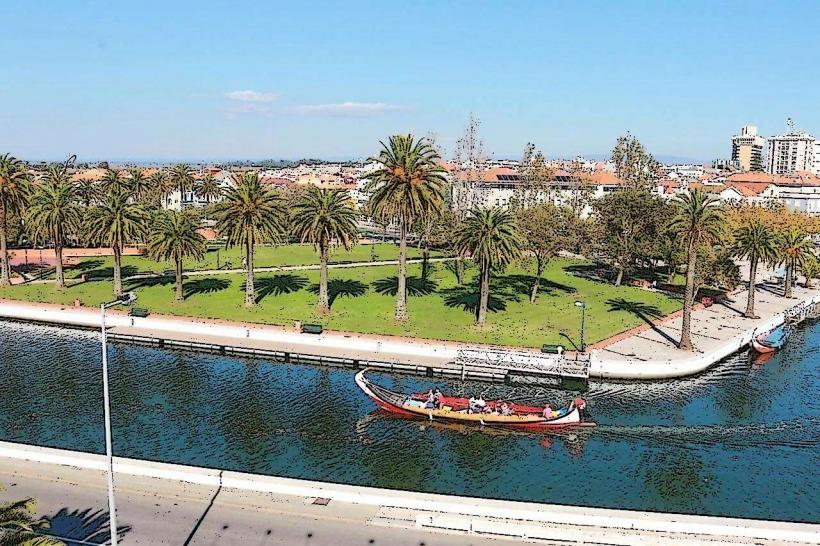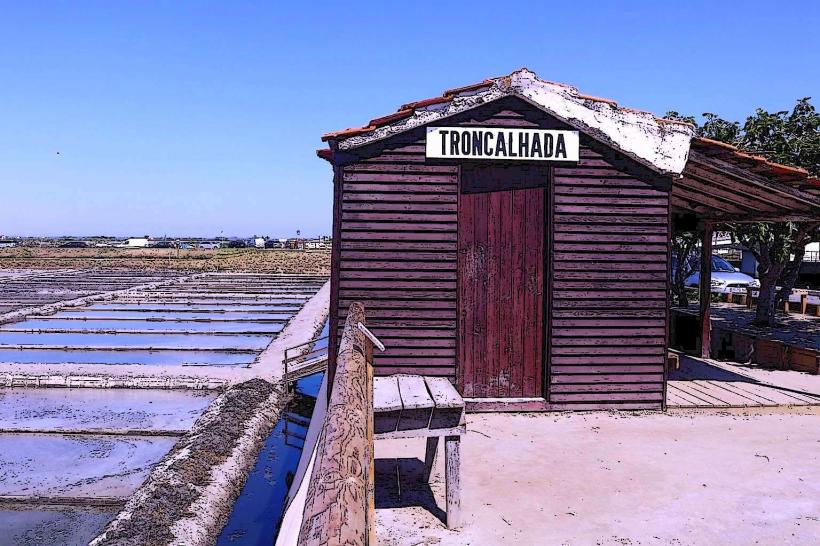Information
Landmark: Aveiro CanalsCity: Aveiro
Country: Portugal
Continent: Europe
The Aveiro Canals are one of the most distinctive features of the city of Aveiro, located in central Portugal. Often referred to as the Venice of Portugal due to its picturesque waterways and charming atmosphere, Aveiro’s canals provide a unique way to explore the city, offering scenic views and insight into its maritime history and culture.
1. Historical Background
- Origins: The canals of Aveiro have been an integral part of the city's history for centuries. The city's relationship with the water dates back to at least the Middle Ages, though the canals became more developed during the 19th century as part of the city's growth as an important port. Aveiro’s canals are primarily artificial, constructed over time to create a navigable waterway system for transporting goods, particularly salt, which has been historically significant to the region.
- Salt and Industry: Salt production and trade played a significant role in Aveiro’s development, with the canals being used to transport the salt from the salt flats (known as the salinas) to the sea. The canals also helped to facilitate trade and communication with other parts of Portugal and beyond. Today, the salt industry has declined, but the canals continue to serve as an iconic part of the city's landscape.
2. Canal System and Key Locations
Aveiro’s canal system consists of several interconnected waterways that weave through the heart of the city. Some of the most prominent canals include:
Canal Central: This is the main canal that runs through the center of Aveiro. It is lined with charming Art Nouveau buildings and colorful boats. The Canal Central is the most iconic waterway in Aveiro and provides visitors with a picturesque view of the city’s waterfront. It is often the starting point for tourists exploring the canals by boat.
Canal de São Roque: This smaller canal runs parallel to the Canal Central and is known for its tranquility. It offers a more peaceful experience compared to the bustling main canal.
Canal de Mira: This canal leads out to the Mira River, which connects Aveiro to the Atlantic Ocean. It is a key route historically used for trade and is still navigated by boats today.
Ria de Aveiro: This is a lagoon system located just beyond the city center, made up of a network of shallow channels, salt flats, and islands. The Ria de Aveiro is an important natural area, home to diverse wildlife, particularly bird species, and is still used for fishing and aquaculture.
3. Moliceiros: The Traditional Boats of Aveiro
One of the most iconic aspects of the Aveiro Canals is the traditional boat known as the moliceiro. These colorful, wooden boats were originally used for harvesting seaweed (known as "moliço") from the lagoon and transporting it to shore. Today, they are used for tourist boat rides through the canals.
- Design: The moliceiros are decorated with intricate, vibrant designs, often featuring floral patterns, and sometimes even humorous or poetic inscriptions. The boats are narrow and flat-bottomed, perfectly designed for navigating the shallow waters of the canals.
- Tourist Experience: Riding a moliceiro along the canals is one of the best ways to experience the beauty and charm of Aveiro. Guided boat tours provide commentary on the history of the city, the canals, and the traditional boats themselves, offering a fun and educational experience for visitors.
4. Cultural Significance
- Identity and Tradition: The Aveiro Canals are deeply embedded in the cultural identity of the city. Historically, the canals were a vital part of the local economy, contributing to the growth of industries like salt production, fishing, and transportation. The traditional moliceiros are a symbol of Aveiro’s maritime heritage, and the canals are still used by local fishermen and boatmen today, though much of their commercial significance has diminished.
- Art Nouveau Influence: As Aveiro grew during the 19th and early 20th centuries, the city saw the construction of a number of Art Nouveau buildings along the canals. These buildings, with their ornate facades and decorative details, reflect the wealth and cultural vibrancy of Aveiro during that period. The combination of traditional and modern architecture along the canals adds to the city’s charm and aesthetic appeal.
5. Modern-Day Role of the Canals
- Tourism: Today, the Aveiro Canals are a major attraction for visitors. Tourists come to explore the canals by boat, take leisurely strolls along the waterfront, and enjoy the unique atmosphere of the city. The canals are also lined with cafes, restaurants, and shops, making them a central part of Aveiro’s tourist experience.
- Ecological Importance: The canals and the surrounding Ria de Aveiro play a significant role in the region’s ecosystem. The lagoon system is home to a variety of wildlife, particularly birds, and is considered an important wetland area. Efforts have been made to preserve the ecological balance of the region, ensuring that the canals remain a vital part of the local environment.
- Urban Development: The city of Aveiro has developed around the canal system, with modern infrastructure designed to preserve the charm of the canals while accommodating the needs of a growing population. The canals remain a central feature of the city’s urban landscape, attracting both residents and visitors alike.
6. Other Attractions Related to the Canals
Aveiro's Salt Flats (Salinas): The salt flats surrounding Aveiro are part of the region’s industrial past and continue to produce salt using traditional methods. Some salt flats are located near the canals, and visitors can learn about the history of salt production in the region, including how it was historically transported via the canals.
Museu de Aveiro (Aveiro Museum): Located near the canals, the Aveiro Museum provides a deeper dive into the history of the city, its canals, and its traditional industries. The museum is housed in a former convent and features exhibits on local art, archaeology, and the history of Aveiro’s canals and moliceiros.
The City Center and Art Nouveau Buildings: The historic city center of Aveiro, with its colorful canals and Art Nouveau architecture, is perfect for walking tours. Many of the buildings that line the canals are beautifully restored, providing a fascinating contrast between the old and the new.
7. Visiting the Aveiro Canals
- Best Time to Visit: The Aveiro Canals are beautiful year-round, but they are particularly stunning in the spring and summer when the weather is pleasant, and tourists can enjoy boat rides and strolls along the canals. The light reflecting off the water, especially at sunset, creates picturesque views that are ideal for photography.
- How to Explore: You can explore the Aveiro Canals on foot by walking along the canal-side promenades, or by taking a boat ride on one of the moliceiros. The boat rides are a relaxing way to see the city from the water and learn about its history and culture from local guides.
8. Conclusion
The Aveiro Canals are a unique and captivating feature of the city, offering visitors the chance to explore Aveiro’s rich maritime history, culture, and natural beauty. Whether you're taking a traditional moliceiro boat ride, strolling along the picturesque canal-side streets, or simply admiring the vibrant architecture, the canals provide a charming and unforgettable experience in this beautiful Portuguese city.

